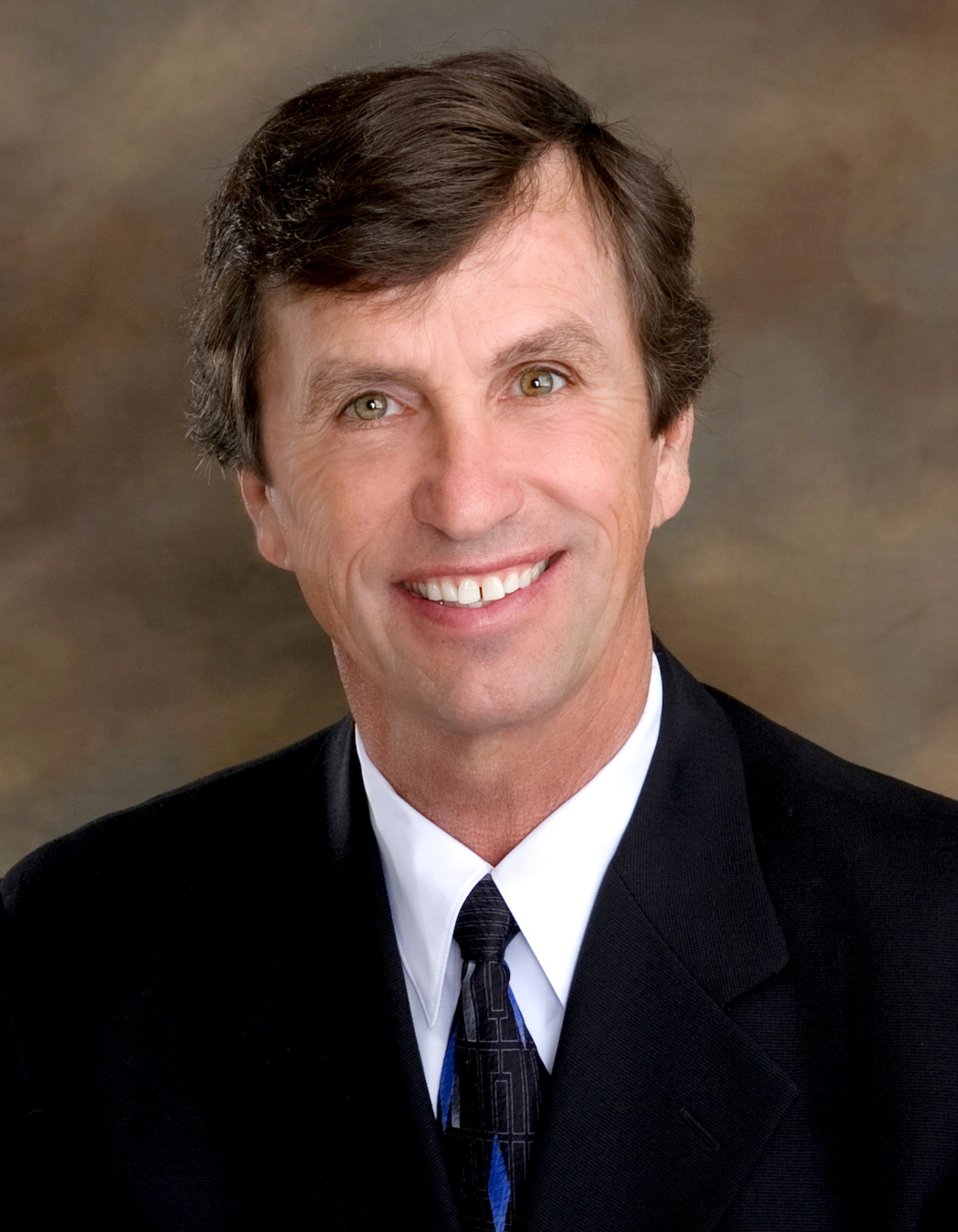
Governor Dayton has stated that he will propose legislation this session to require 50 foot buffers, enforced by the state government, for every waterway in Minnesota for the cause of helping the pheasant population. Currently, there is a requirement for a minimum of 16.5 foot buffers along public drainage ditches with some counties requiring a wider buffer. There is also a 50 foot buffer rule in place for most streams and rivers on agricultural land.
The indication from the Governor is that he’s unsatisfied with current shoreland rules and he will push for legislaturethat will impact more private landowners with stricter enforcement. Per a January 16, 2015 Pioneer Press article, the Governor “envisions DNR aircraft flying over private lands and issuing fines to landowners not in compliance.” Current law leaves enforcement up to individual counties.
He has an ally in Representative Denny McNamara (R-Hastings) who expressed strong support for the new buffer requirements, telling the Pioneer Press in January that he was “psyched” about the opportunity for the government to dictate to private property owners what they must do with their land. Will Republican McNamara carry the legislation this session to make these changes? Stay tuned.
Where do these ideas originate?
Minnesotans know that Governor Dayton is an ardent environmentalist. His ex-wife and principal campaign donor, Alida Rockefeller Messinger , serves on the Board of Directors for Conservation Minnesota and has been involved in the environmental movement for decades.
However, the buffer-expansion-enforcement idea is instead coming from a sportsman’s organization and was presented in December at the first-annual “Governor’s Pheasant Summit.” The event is currently featured on the Minnesota DNR website along with a video. Pheasants Forever is a St. Paul-based non-profit organization behind the event and they’re funded by your Minnesota tax dollars via the 2008 Legacy amendment.
Per the Pheasants Forever website, the group has acquired 40,000 acres of land in the state. According to Twin Cities Business magazine, the organization is enabled to make these purchases via $45.5 Million generated through Minnesota taxes, as of January, 2014. Pheasants Forever receives more Minnesota tax dollars than any other non-profit entity in the state. TC Business further found that Pheasants Forever members—which include members of the Minnesota State legislature and US Congressman Tim Walz—“function almost as real estate brokers in connecting their organization with private owners willing to sell their land.” It begs the question: Who is profiting off of these real estate deals done with Minnesota tax dollars?
Pheasants Forever also engages in federal lobbying, like their advocacy for the 2014 Federal Farm Bill and state level lobbying like their recent support for the North Dakota Clean Water, Wildlife and Parks Amendment, which was defeated last fall.
The group just opened its first regional headquarters office in Brookings, South Dakota to work on environmental advocacy issues. Are Minnesota tax dollars being used in South Dakota? Are Minnesota tax dollars being used in other states where Pheasants Forever operates?
An interesting note revealed by Twin Cities Business, is that the Star Tribune’s outdoor writer, Dennis Anderson, was the founder of Pheasants Forever, although he no longer serves on the board. The reporter does not list this association in the recent columns he’s written about the Governor’s waterway buffer proposal. Keep an eye on his column this legislative session. The issue is sure to bring together environmental groups and their respective lobbyists. It remains to be seen who will advocate for the individual private property owners that will lose the rights to their own land with a new law on the books.




